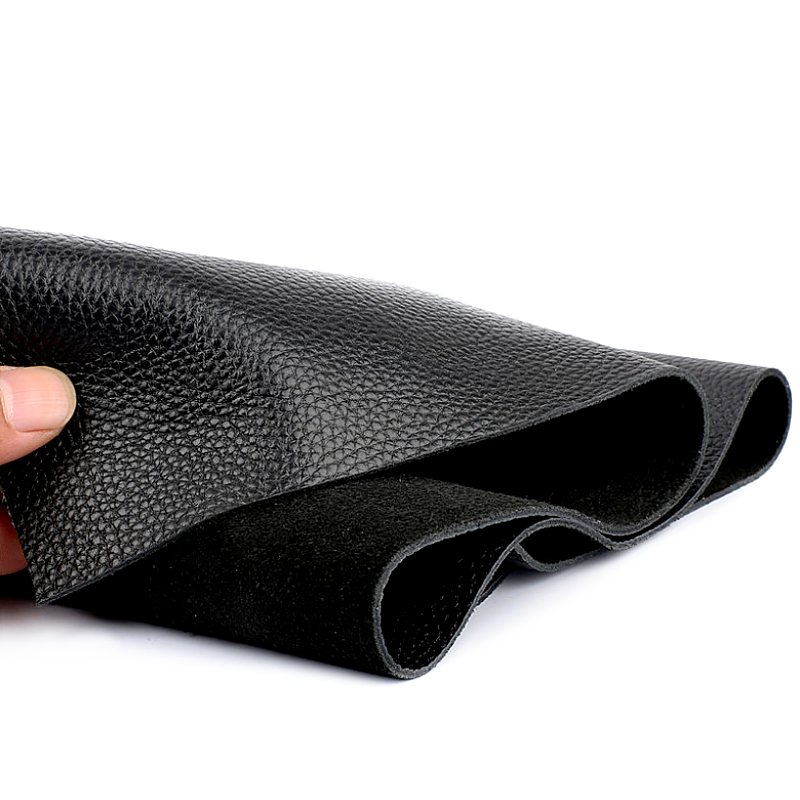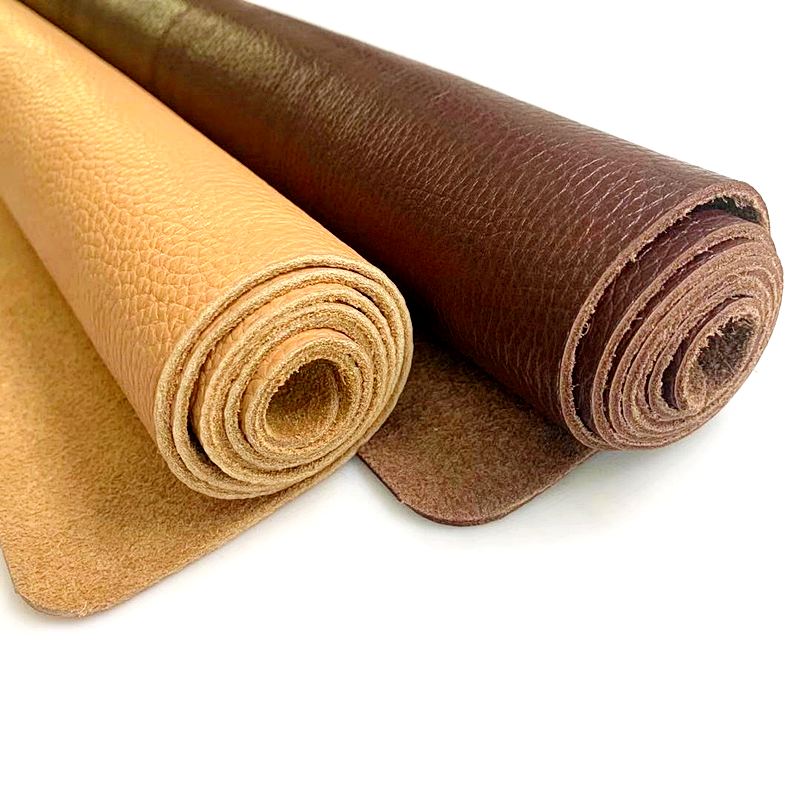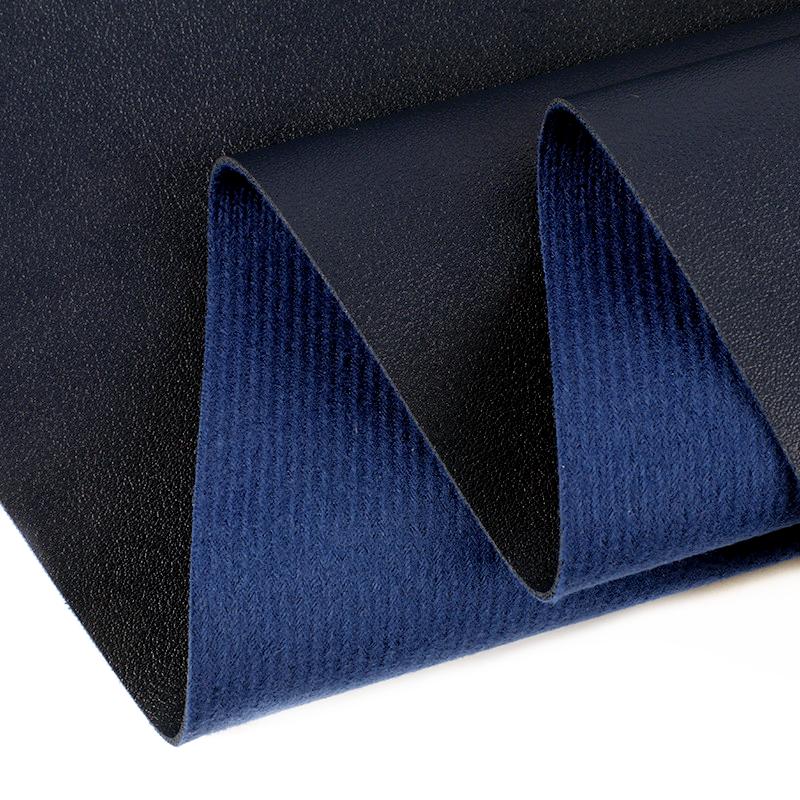How to Tell the Difference Between Real and Fake Leather?
The leather we use is usually the skin of animals like cows, alligators, snakes, etc., and it is known as one of the most durable materials. While genuine leather is reliable and durable, there is synthetic or fake leather in the market that looks similar, but the quality and value for money are lacking. So, when paying a high price for a genuine leather product, knowing whether it is authentic is essential.
Here we have gathered the 12 easiest ways to tell real and fake leather products apart that you can also try.
Top 12 easy ways to tell the difference between real and fake leather
Here are the top 12 easy ways to distinguish between real and fake leather.
1. Check the product label and see the material details.
Start with checking the product label. Usually, you will find a genuine leather badge hanging with the label but don’t trust that. Instead, check the actual label that contains the details about the material. If you find the keywords synthetic or polyester, it clearly indicates fake leather. If these words are not found, you have your hands on a genuine leather product.
2. Do a touch and stretch test to check the authenticity
If you are familiar with the feel of real leather, you can tell if something is fake or not just by touching it. The real leather is soft to the touch, and it is flexible along with a grainy feel. If you stretch it, it will stretch a little. On the other hand, the fake leather products are:
- Plastic
- Extremely smooth
- Not stretchable
- No grains
3. Doing a smell test can tell about the leather’s authenticity.
When you smell real leather, you get the smell of leather oils. On the other hand, smelling fake leather gives a plasticky smell that even smells like chemicals sometimes. However, for conducting this test, you need to be familiar with the smell of genuine leather.
4. See if the natural animal skin pores are there or not
No matter what animal the leather comes from, it will always have some natural pores on the outer surface, and those cannot be replicated. However, depending on the animal, those pores may be visible. Upon close inspection, it is probably fake leather if there are no pores.
5. Check the edges to tell if the leather is genuine or not
If the edges of the leather surface are visible in the product you are buying, checking them will be your easiest way to tell if the leather is real. Leather edges stay rough even after treating, smoothening, and sanding them. On the other hand, the fake leather edges will be perfectly smooth without any imperfections.
6. Do you find any uniformity in the product or not?
If you want to know the authenticity of leather, you must check for uniformity in the product since it is not created naturally in leather. From the texture and feel to the patterns and looks of leather, there must be no uniformity. The leather is not real if there are no imperfections in the pattern and texture.
7. Press hard with your nails to see if the leather wrinkles.
Press hard somewhere on your skin, and you will see how the skin creases for a while and then goes back. The same happens with real leather, but the effect stays longer. That’s not the case with fake leather since it does not deal with the pressure the same way. In the case of fake leather, the surface will depress under pressure and rigidly come back.
8. Do the fire test on some edge sections.
The fire test leaves permanent marks on leather, so always try it on some edge sections. Take a lighter and burn one specific area for around 10 seconds. Here is how you can tell the difference in leather:
- Real leather: does not catch fire but chars slightly and smells like burning human hair
- Fake leather: catches fire instantly and smells like burning plastic
This test can also help you identify fake leather products layered with genuine leather.
9. Do the bend test and check if the color changes slightly.
Bend any section of the leather and see for 2 things:
- Slightly changing color on the bent area
- Permanent crease formation
If these two happen, your leather is real and 100% genuine. Otherwise, you have something made with fake leather.
10. Perform a water test to see if you have real leather or not
Putting a drop of water on leather tells if it is real when it absorbs water. Sometimes it may not absorb water too quickly, but it does slowly. Remember that fake leather will never absorb leather since it is made of plastics.
11. Don’t go after the leather products whose prices are too good to be true.
You can trust your instinct about the price. While fake leather products usually cost $$, the real ones cost $$$$$. So, if you are getting a product labeled as genuine leather at the price of fake leather, it is probably fake. There could be exceptions when the product comes from a reliable brand or a known seller.
12. Feel the patterns if the product is made with premium leather types
You can feel the patterns if you buy something made with exotic leather types like an alligator, snakeskin, ostrich, etc. Those patterns can be replicated visually in fake leather, but the 3D feel cannot be replicated. Meanwhile, in real leather, you can feel their unique texture that speaks for their authenticity.
Conclusion
Checking the difference between real and fake leather can be difficult at first, but once you get familiar with the basics, you can easily differentiate between the types of leather. Whether you are purchasing something or just checking it out, you will know if it is real or not, saving you from overpaying for something that is not correctly valued. For the best experience of comparing leather products, try checking the known fake and known real leather products, as it helps you learn the differences.





